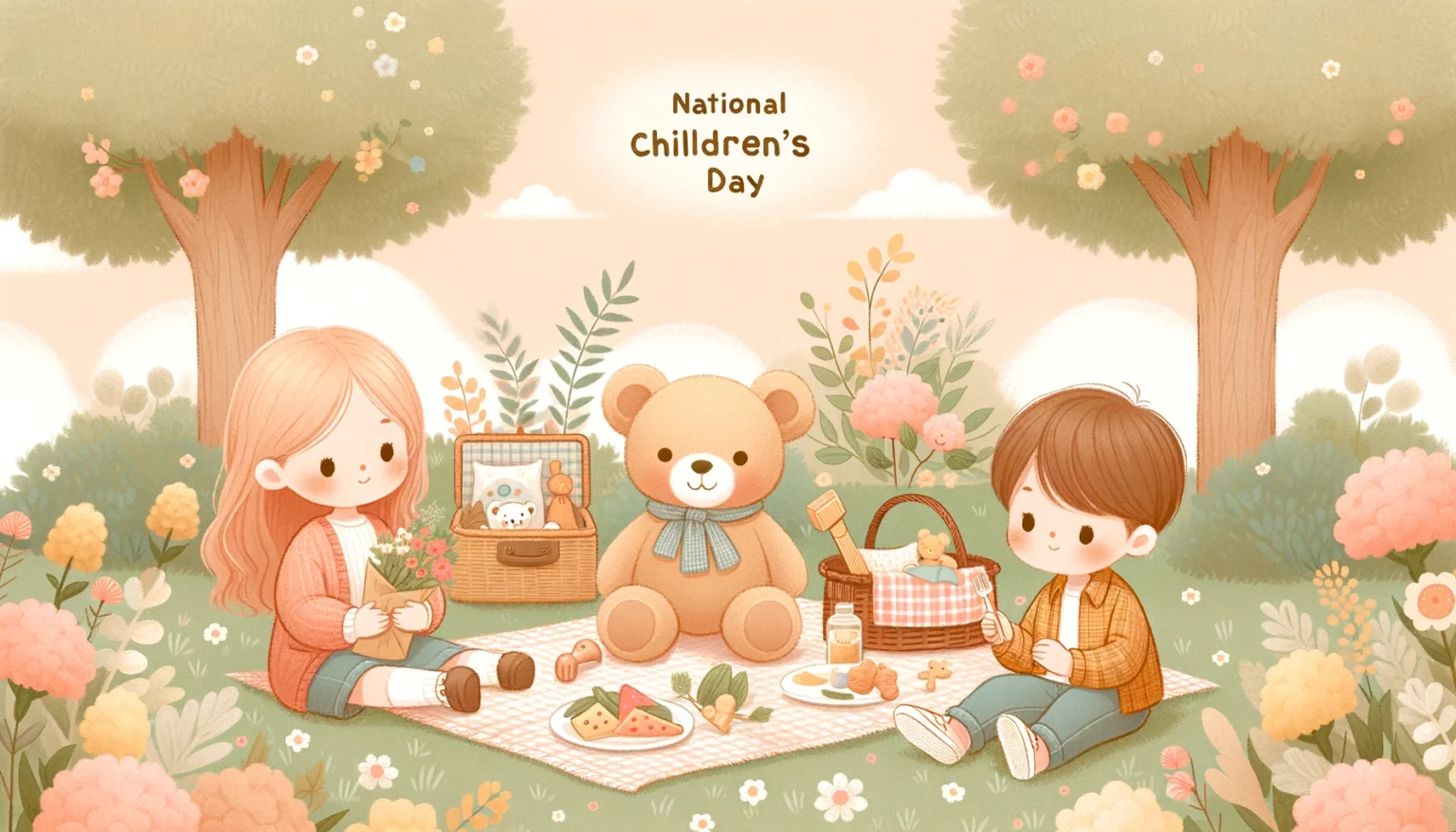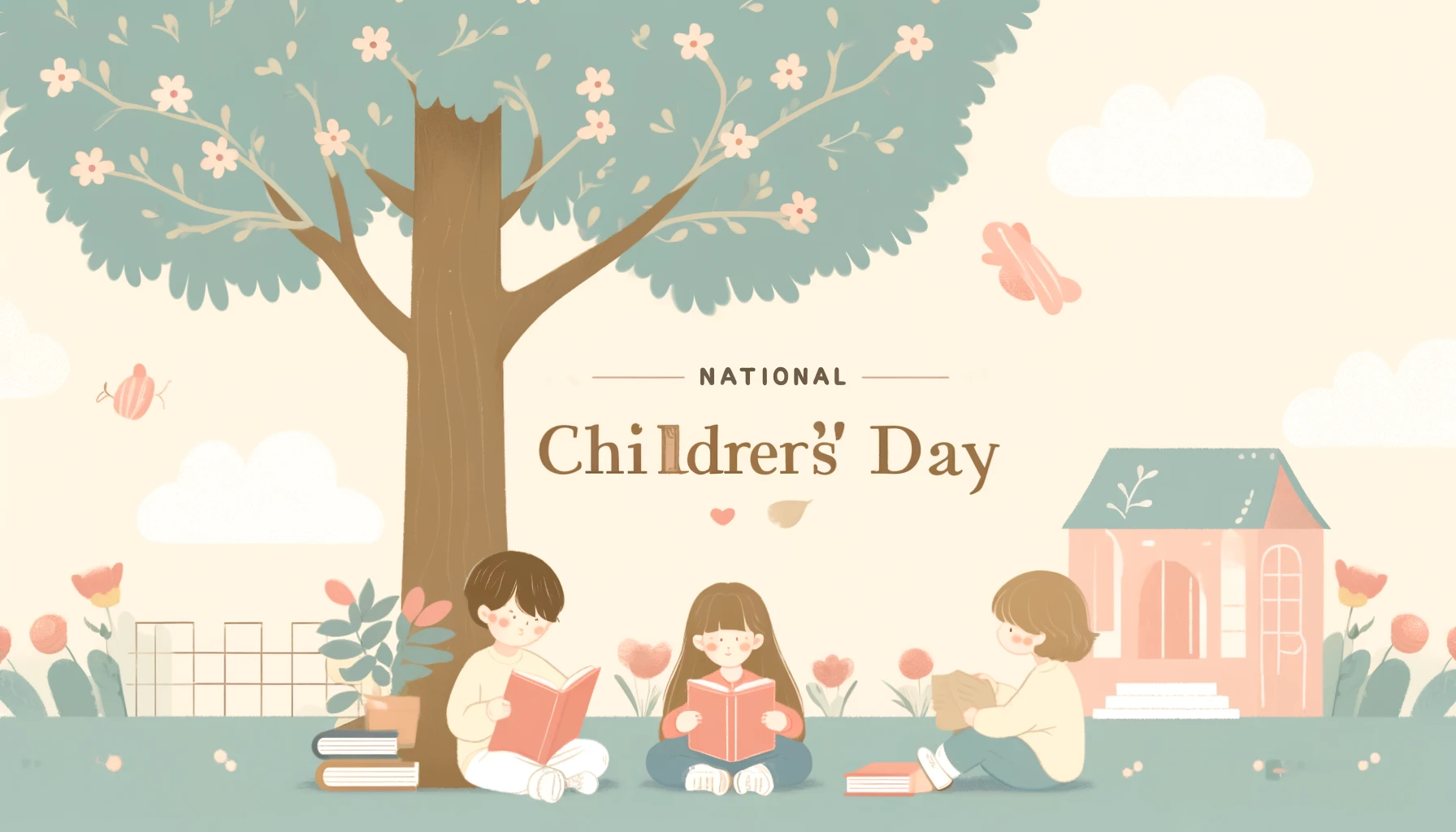Every year, communities around the world pause to celebrate National Children’s Day, a special occasion dedicated to the joy and promise of our children. As an author who has observed various cultural festivities and deeply explored the implications of such celebrations, I find National Children’s Day particularly poignant. It is not just a day for festivities but a moment to reaffirm our commitment to nurturing the young minds who will shape tomorrow. Celebrated on various dates across the globe, this day encapsulates the hopes and dreams we hold for our children, emphasizing their well-being, happiness, and fundamental rights.
The Core of Children’s Day: Why It Matters
National Children’s Day isn’t merely a ceremonial occasion; it is a profound acknowledgment of the pivotal role that children play in the fabric of society. These young individuals are not just passive recipients of adult actions and decisions; they are vibrant, active participants in the cultural, social, and educational spheres. Their insights, dreams, and even their mere presence encourage progress in technology, education, and social norms. Celebrating them is not just about giving them a day of joy, but about recognizing their potential to influence future developments.
The celebration of this day also serves as an essential platform for advocating children’s rights. It brings to light the critical issues facing children globally, such as access to education, safeguarding against abuse, and the universal right to health care. By dedicating a day to these young souls, societies can focus on the urgency of addressing these issues, fostering a better environment that respects and nurtures the rights of all children.
Origins and Evolution: The Tapestry of Children’s Day
The roots of National Children’s Day can be traced back to the mid-20th century when the United Nations established Universal Children’s Day in 1954, aiming to promote mutual exchange and understanding among children and initiate action to benefit and promote the welfare of the world’s children. Since then, various countries have adopted their own versions of Children’s Day, each infusing the celebration with local traditions, customs, and educational themes. The day not only honors children but reflects a nation’s cultural values concerning youth and their upbringing.
Over the decades, National Children’s Day has evolved from a simple acknowledgment to elaborate celebrations including parades, educational fairs, and family gatherings. This evolution marks a shift in societal attitudes towards children’s roles within communities and highlights the ongoing commitment to improving their lives through legislation, education, and public policy.
Celebrations Around the World: Unity in Diversity
On National Children’s Day, schools and community centers become hubs of activity, offering games, art contests, and educational workshops that cater to children’s entertainment and learning. Families take the opportunity to spend quality time with their children, often visiting museums, parks, or engaging in outdoor activities. These celebrations are not just about fun; they are also imbued with the deeper purpose of strengthening familial bonds and community ties.
Each country brings its unique flavor to the celebration of National Children’s Day. For example, in Japan, Children’s Day (Kodomo no Hi) is part of the Golden Week, featuring carp-shaped kites symbolizing strength and success for each child in the family. In India, the day is marked with cultural programs in schools, where children participate in dances, songs, and recitations. These diverse celebrations not only enhance children’s social and emotional development but also instill in them a pride in their heritage and a sense of belonging to their community.
Impact and Outreach: Beyond a Single Day
The impact of National Children’s Day extends beyond a 24-hour celebration. It serves as a reminder of the ongoing responsibilities societies hold towards their younger members. By spotlighting success stories and ongoing challenges, this day plays a crucial role in mobilizing support for child-focused initiatives and legislations, from improved educational methods to enhanced safety measures in public spaces.
Furthermore, National Children’s Day has catalyzed significant strides in policies affecting children. It has helped in amplifying the voices advocating for child labor laws, educational reforms, and equitable healthcare. These changes are testimonies to what can be achieved when a society collectively focuses on the welfare of its children.
Conclusion: A Day of Reflection and Action
As we celebrate National Children’s Day, let us not only revel in the joyous expressions of our children but also engage in a thoughtful dialogue about their future. It is a day to reflect on our roles as guardians of the next generation and to recommit to the task of nurturing, protecting, and educating our children.
10 Interesting Facts
- National Children’s Day was first proclaimed by the United Nations in 1954.
- Different countries celebrate Children’s Day on various dates; for example, Universal Children’s Day is on November 20th.
- Japan celebrates Children’s Day on May 5th, featuring carp-shaped kites to symbolize strength and success.
- In India, Children’s Day is celebrated on November 14th, marking the birthday of the country’s first Prime Minister, Jawaharlal Nehru.
- Many countries use Children’s Day to promote awareness about children’s rights and well-being.
- Schools and community centers often organize special activities, educational workshops, and cultural programs on this day.
- Children’s Day celebrations can include parades, art contests, and family gatherings, emphasizing both fun and education.
- The day often highlights issues such as child labor, access to education, and children’s health care.
- National Children’s Day helps in mobilizing support for child-focused initiatives and legislations.
- The celebration of Children’s Day has evolved significantly over the years, becoming a cornerstone for advocating for children’s rights globally.
National Children’s Day is not just an annual celebration; it is a profound reminder of the importance of nurturing and supporting our children. As a society, we must continually strive to create environments where children feel valued, safe, and encouraged to reach their full potential. This day underscores our collective responsibility to invest in the well-being of our youngest members, ensuring they have the opportunities and resources to thrive. By celebrating National Children’s Day, we are not only cherishing the joy and innocence of childhood but also committing to a brighter, more equitable future for all.
#NationalChildrensDay #CelebrateChildren #FutureGeneration #ChildrensRights #KidsFirst #SupportChildren #ChildrensDayCelebration












Celebrating the future generation on National Children’s Day. Heartwarming insights!
Children’s day joy
Great day!
Celebrating National Children’s Day is heartwarming. This article highlights the importance of cherishing our children.
National Children’s Day is a wonderful celebration. This piece captures the joy and importance of honoring the future generation well. Thanks for sharing!